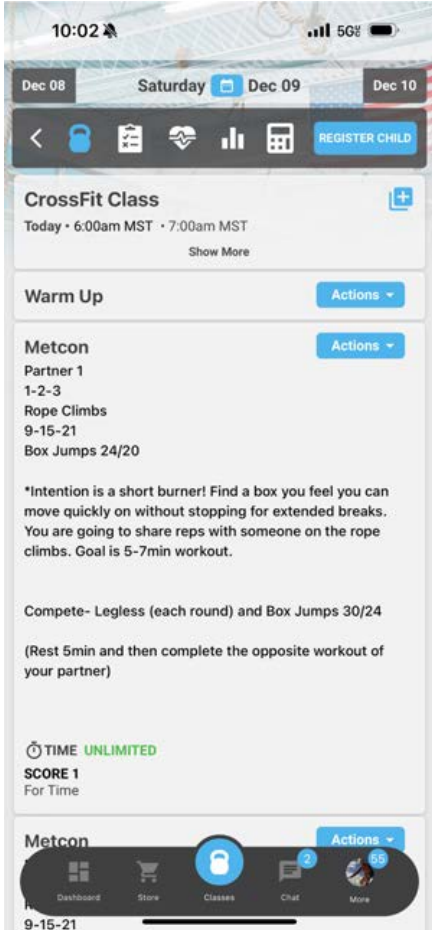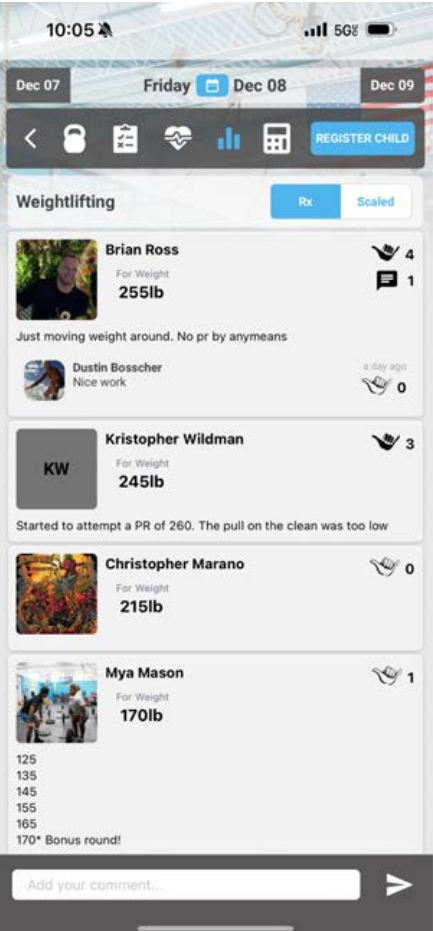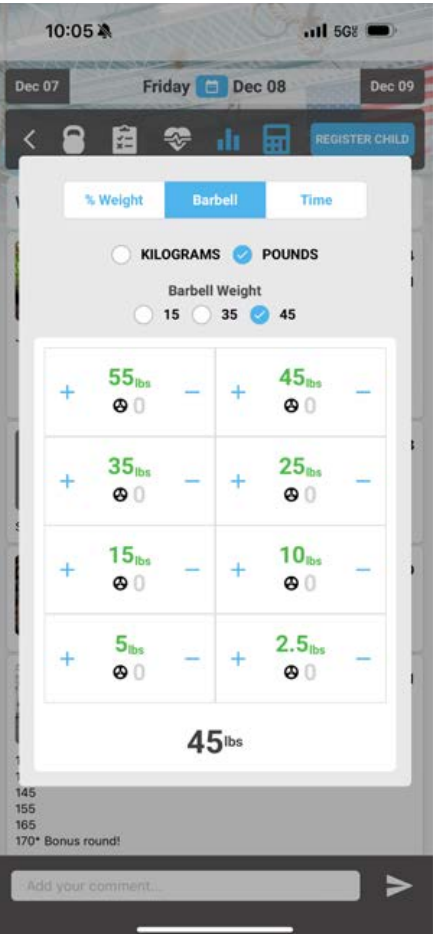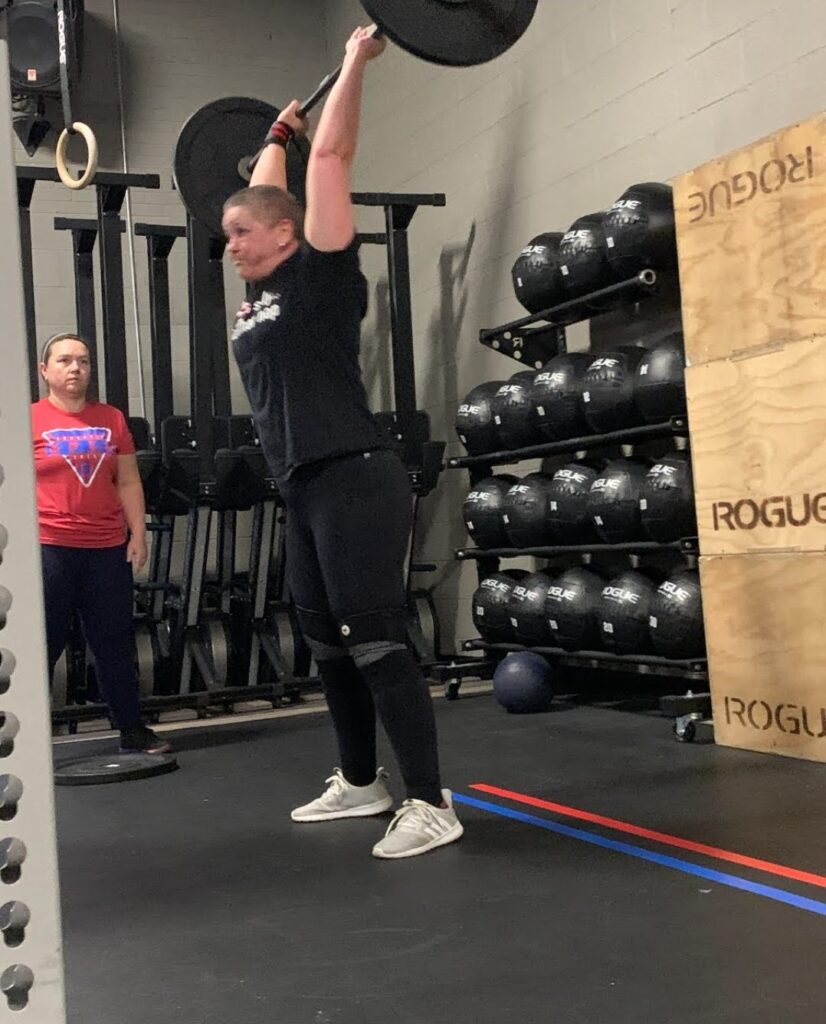When it comes to CrossFit workouts, there is often a lot of discussion about “RX” and “scaling”. For those new to CrossFit, these terms can be confusing and intimidating. However, understanding the difference between the two is essential to get the most out of your CrossFit training.
In CrossFit, RX is a term used to describe the prescribed workout, which is the workout as it was designed by the program’s developers. The RX workout is typically intended to be a challenging test of fitness that is appropriate for experienced athletes who are proficient in the movements and can handle the prescribed weights and reps.
On the other hand, scaling refers to modifying the workout to make it more appropriate for the individual’s fitness level, skill level, or injury status. Scaling can involve reducing the weight, decreasing the reps, modifying the movements, or altering the workout’s overall structure.
There are pros and cons to both approaches, and deciding which option is right for you depends on your goals, abilities, and limitations.
Pros and Cons of RX Workouts
One of the main advantages of doing an RX workout is that it allows you to test yourself against the program’s standards and benchmark your progress. Completing an RX workout can be a significant accomplishment and can help you build confidence and motivation.
However, doing an RX workout when you are not ready can be detrimental to your progress and even lead to injury. Attempting a workout with weights that are too heavy or doing movements that you are not proficient in can put you at risk of injury or cause you to develop bad habits that could hinder your progress in the long run.
Pros and Cons of Scaling Workouts
Scaling a workout has many advantages, including reducing the risk of injury, building proper movement patterns, and improving fitness over time. Scaling allows you to focus on quality movement and build strength and endurance gradually, which is critical for long-term progress.
Another significant advantage of scaling is that it allows you to tailor the workout to your fitness level and goals. For example, if you are working towards a specific movement or skill, you can modify the workout to include more of that movement or skill, helping you to progress faster towards your goal.
There is No Shame in Scaling
It is essential to remember that there is no shame in scaling a workout. Every athlete has different abilities, strengths, and weaknesses, and CrossFit is designed to be scalable so that anyone can participate, regardless of their fitness level or experience.
Scaling provides tremendous benefits, including reducing the risk of injury, building proper movement patterns, and improving fitness over time. By scaling, you can focus on quality movement and build strength and endurance gradually, which is critical for long-term progress.
When to Scale a Workout
Knowing when to scale a workout is essential for making progress while avoiding injury. Here are some situations when scaling might be appropriate:
- New to CrossFit: If you are new to CrossFit, it is best to start with scaled workouts until you feel comfortable with the movements and have built a base level of strength and endurance.
- Injury or Mobility Limitations: If you have an injury or mobility limitation, scaling the workout can help you work around your limitation while still making progress towards your goals.
- New Skill or Movement: If you are working on a new skill or movement, scaling the workout to include more of that movement can help you improve faster and build the strength and coordination necessary to perform the movement correctly.
In Conclusion
Understanding the difference between scaling and RX workouts is essential for making progress in CrossFit while avoiding injury. While doing an RX workout can be a significant accomplishment, scaling provides tremendous benefits and should not be viewed as a sign of weakness. Remember, every athlete has different abilities, and CrossFit is designed to be scalable so that anyone can participate, regardless of their fitness level.







